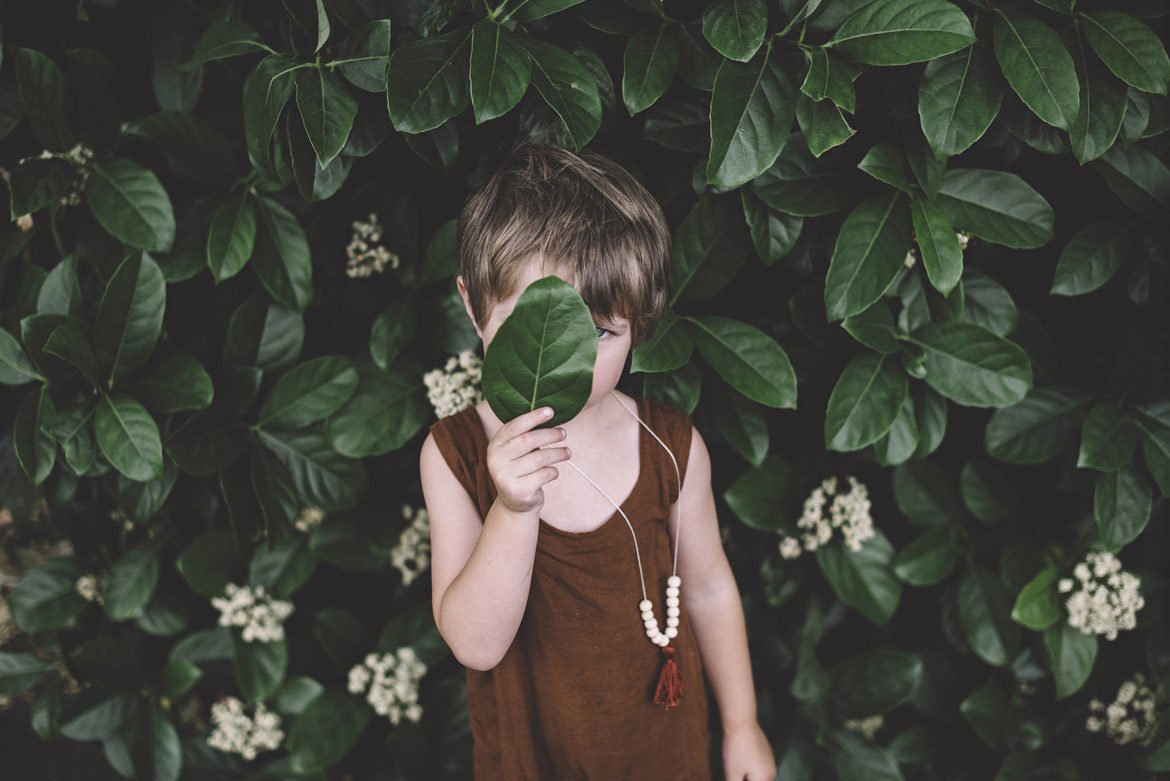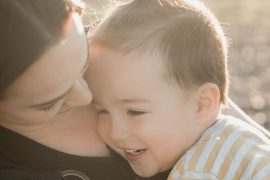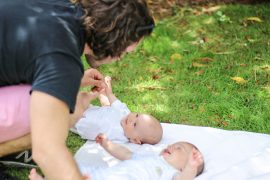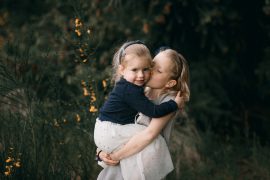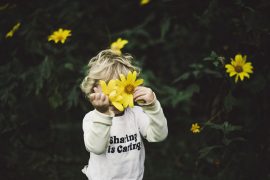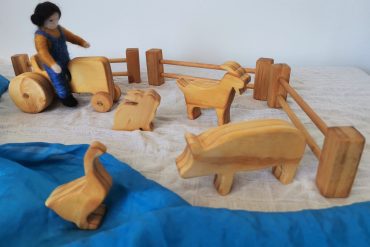By Rachel Schofield
“…Say sorry!”
The little girl looks down at her shiny black shoes and pouts. Silence.
“Go on!” presses her Mum.
She manages to squeeze out a sulky, “Sorry”.
The whole scene is unsettling to watch. It’s painful being that squirming girl – the awkwardness, the shame, the humiliation. It’s incredibly uncomfortable being the parent trying to squeeze out an apology from your reluctant child. And being on the receiving end of a forced “sorry” does little to smooth over the wrongdoing.
Other times, children have learnt to roll out the socially expected “sorry” and we face a new challenge: kids are quick to notice that “sorry” lets them off the hook. Kicked someone? Stood on their toy? Say “sorry” and you’re acquitted. It’s a far cry from a meaningful apology that eases upset feelings.
“Sorry” matters, it matters a lot. Heartfelt apologies don’t fully erase a hurt, but they do express your caring, and that’s important. Countless research studies show how sincere apologies really do curb anger and resentment leading to better relationships.(1) Throughout history apologies have been pivotal. Like in recent times how Aboriginal people across Australia were deeply moved and in tears when in 2008 The Prime Minister of Australia, Kevin Rudd, finally apologised to the Stolen Generations and said “sorry”.
We’ve all felt our hearts soften after someone has apologized to us for a wrongdoing. And we all want our children to grow up being able to give heartfelt apologies. We want them to be kind, caring and compassionate. We want them to have good manners, to fit into society and get along well with others.
But a forced sorry is a far cry from a genuine apology. So what can we do to help our children give apologies that move others whilst leaving them feeling empowered, not humiliated? And how can we do that in a way that navigates social expectations in the present moment? This 7-step plan will show you how. The exact order we do them might vary depending on the situation.
1 – Recognize that your child needs your support
It helps to notice how children are always doing their best to fit in and belong. Every child wants nothing more than to feel connected and close to the people around them. When a child hurts someone else or damages their things, be it accidentally or intentionally, they feel bad inside. Sometimes it can look like they don’t care but deep down they’re hurting. And when a child feels hurt they cannot think. They need our support to bring them back to their true selves and regain their dignity.
2 – Help your child think again
A child who’s done something hurtful will feel bad. Either big feelings provoked them to lash out in the first place or doing something hurtful made them feel terrible (ashamed about what happened and perhaps scared about what’s going to happen to them). A child filled with upset cannot think – they literally cannot access the thinking part of the brain (prefrontal cortex) when their emotional brain (limbic system) is flooded. If we move in close with warmth and empathy, our child will feel our caring and support. That vital connection might be enough to help them think well, or it might give them safety to offload any emotional tension they are carrying. We need to help our child move through any upset they are carrying, so they can think more clearly again, then they’ll be better placed to give a heartfelt apology. When we stay nearby offering our love, our child will feel safe enough to cry or rage releasing the feelings of hurt inside. Giving a child time to work through feelings means they’ll be more able to realize the cost of their harsh words/hurtful actions and be moved to make amends.
At Hand in Hand Parenting, we call this way of listening to a child’s emotions “Staylistening”.
A child filled with upset cannot think – they literally cannot access the thinking part of the brain (prefrontal cortex) when their emotional brain (limbic system) is flooded.
3 – Help your child realise what’s happened + take responsibility
What’s obvious to you – your child knocked somebody down – may need to be pointed out. For young children this cause and effect often remains a mystery. They may have no idea that the way they jumped caused the accident. “You swung your school bag and it hurt Lila’s arm. Look it hurts, she’s crying.”
You’ll need to hold the expectation that your child sticks around at the scene. You might need to go after them and hold their hand to bring them back to the situation, “You need to come back, Lila got hurt.”
Often kids will say “it was an accident” which can be a way of wriggling out of taking responsibility. We can say something like, “Maybe you didn’t mean to, but she got hurt.”
See page 2 for the next 4 steps…

